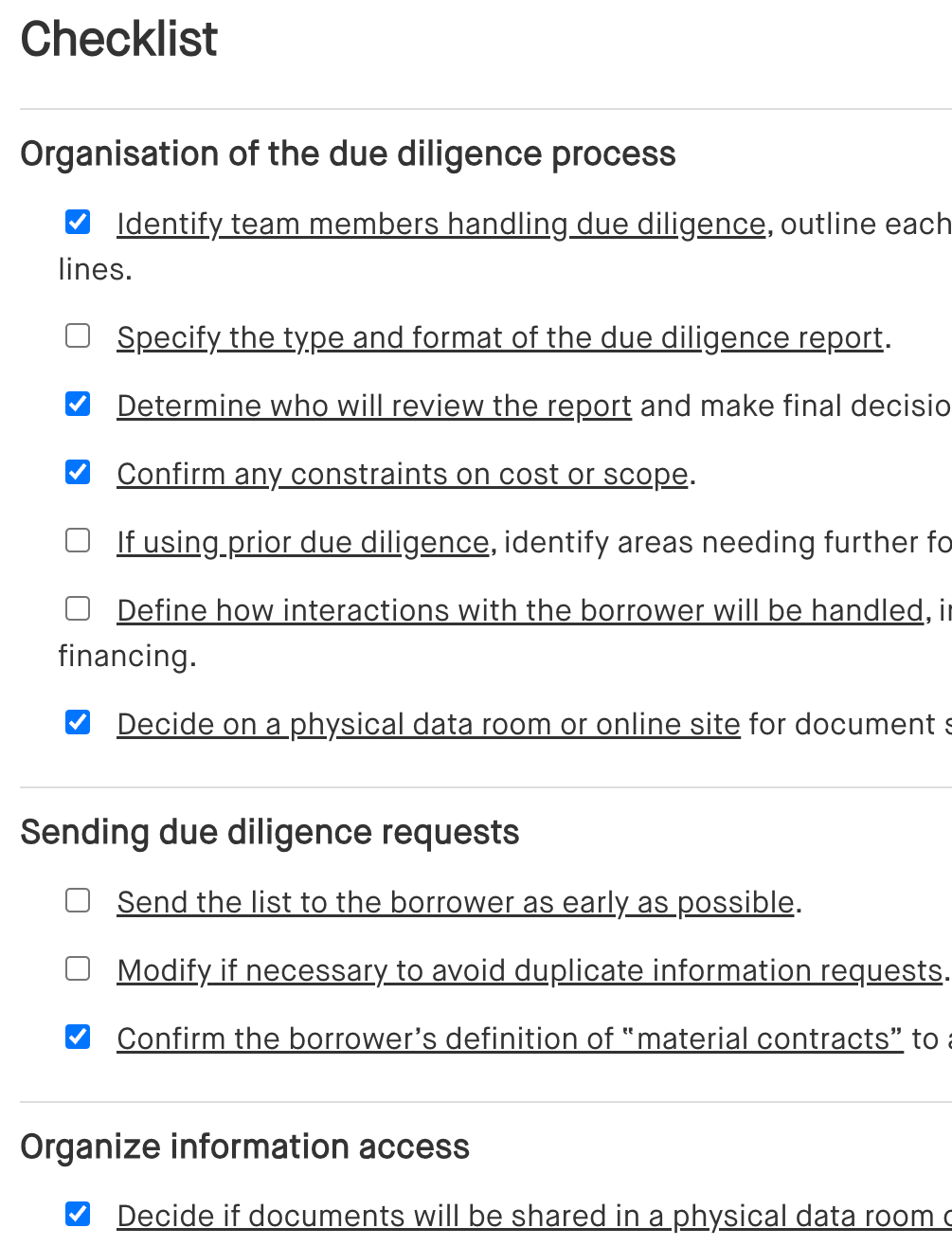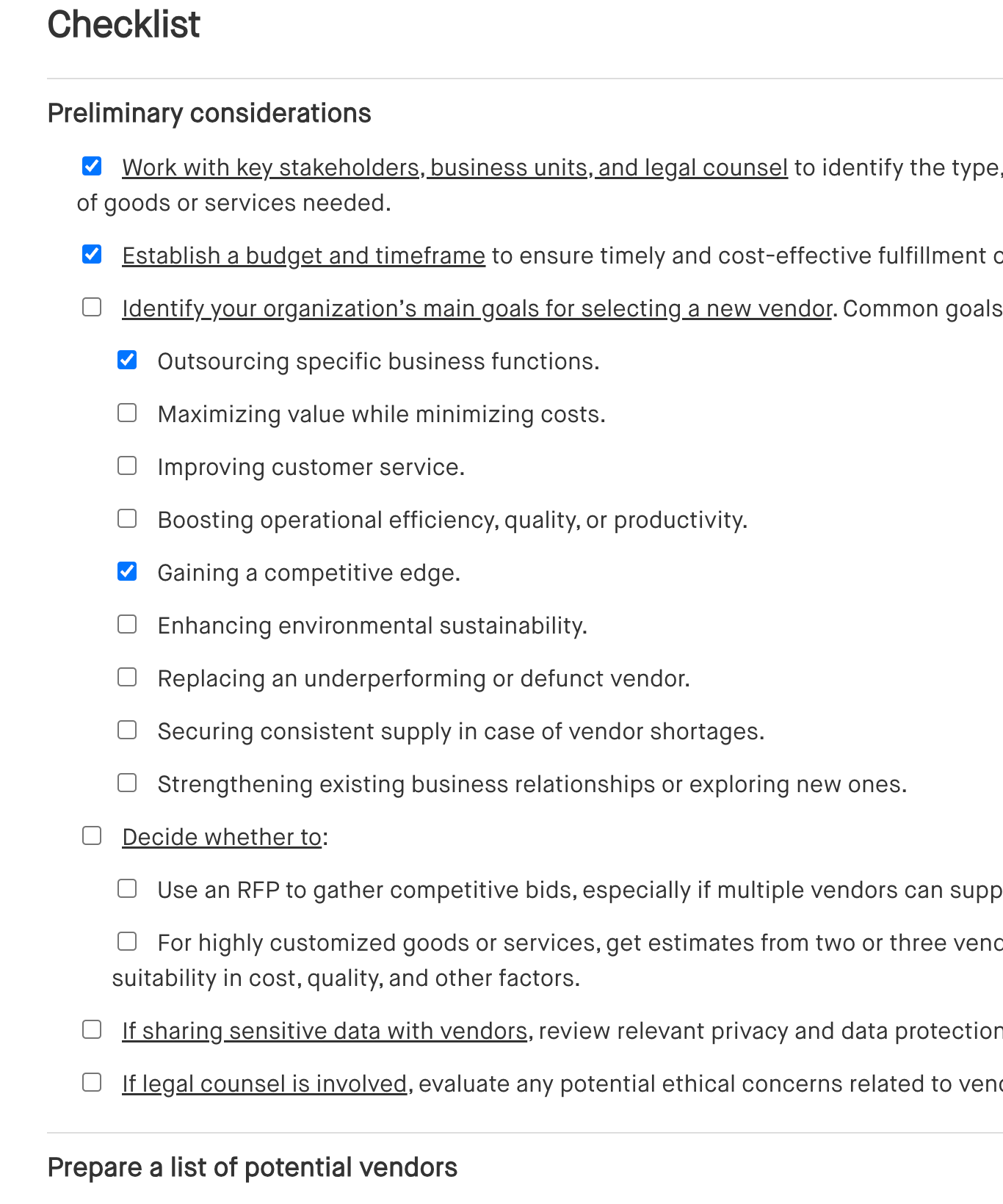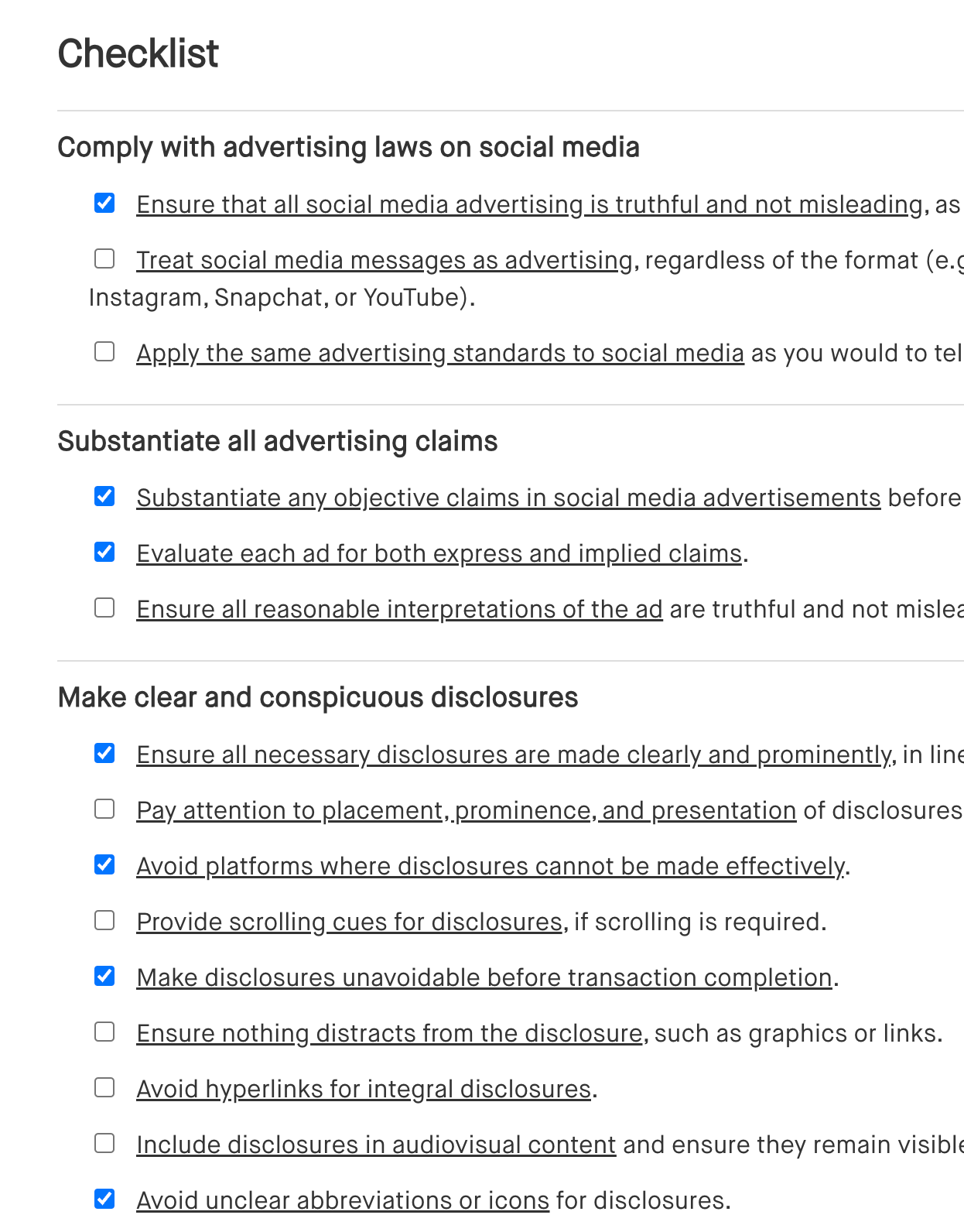Disciplining employees: Free checklist
Disciplining employees checklist
Handling employee discipline effectively is essential for maintaining a productive and respectful workplace. This disciplining employees checklist guides you through every step, from creating fair policies to evaluating and implementing disciplinary actions. By following these guidelines, you can ensure consistent, objective, and legally compliant practices that protect your business and support a positive work environment.
Use this checklist to build a structured and fair approach to discipline that helps employees understand expectations and feel respected throughout the process.
How to use this disciplining employees checklist
This disciplining employees checklist is designed to provide clear, actionable steps for managing employee discipline. Here’s how to make the most of it:
- Follow each step in the sequence: Begin with creating and reviewing your policies, then move to evaluating specific situations, and finally, apply the right disciplinary measures. This order ensures a comprehensive approach that builds on each phase.
- Adapt to fit your business: Tailor the checklist based on your specific workplace, industry, and applicable laws. Customize policies and responses to align with your business needs and legal requirements.
- Keep it current: Regularly update this checklist to reflect changes in employment laws and company policies. A current checklist reduces risk and helps maintain a fair workplace.
- Assign responsibilities clearly: Define who will handle each step in the disciplinary process. Having clear roles prevents miscommunication and ensures each task is completed efficiently.
- Review after each disciplinary action: After any disciplinary action, review the checklist to assess what went well and identify areas for improvement. Use these insights to refine your approach for future situations.
Checklist
Benefits of using a disciplining employees checklist
Using a disciplining employees checklist offers valuable benefits for employers. Here’s why:
- Promotes fairness and consistency: A checklist ensures that all disciplinary actions are applied uniformly, which helps avoid perceptions of favoritism or bias.
- Reduces legal risks: Following a structured checklist helps ensure that each step aligns with company policies and legal requirements, reducing the risk of disputes or legal action.
- Clarifies expectations: By outlining the entire disciplinary process, this checklist helps employees understand what is expected of them and the potential consequences for policy violations.
- Supports documentation: The checklist prompts proper record-keeping at each stage, creating a clear and organized history of disciplinary actions, which is essential if issues escalate.
- Encourages constructive feedback: With steps for face-to-face meetings, feedback, and follow-ups, the checklist supports a positive approach to employee discipline that focuses on improvement and clarity.
Frequently asked questions (FAQs)
Q: Why should I use a disciplining employees checklist?
A: This checklist provides a structured process for handling employee discipline fairly and legally. It helps ensure consistency, reduce legal risks, and maintain a respectful workplace.
Q: Who should use this checklist?
A: This checklist is designed for HR professionals, managers, and business owners who oversee employee conduct and performance and need a reliable process for addressing discipline.
Q: How often should the checklist be reviewed or updated?
A: Review the checklist annually or whenever there are significant changes to employment laws, company policies, or best practices to keep it effective and compliant.
Q: What areas does this checklist cover?
A: This checklist covers creating policies, evaluating situations, and selecting appropriate disciplinary measures, along with guidance for conducting meetings and follow-ups.
Q: Can this checklist replace professional judgment?
A: The checklist serves as a guide but should complement professional judgment and any specific advice from HR or legal advisors, especially for complex or sensitive cases.
Q: What should I do if an issue arises during the disciplinary process?
A: Document the issue and assess it according to company policy. For serious or complex matters, consider consulting legal or HR experts to determine the best course of action.
This article contains general legal information and does not contain legal advice. Cobrief is not a law firm or a substitute for an attorney or law firm. The law is complex and changes often. For legal advice, please ask a lawyer.


